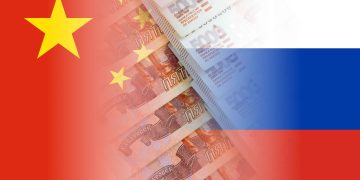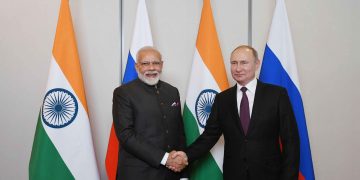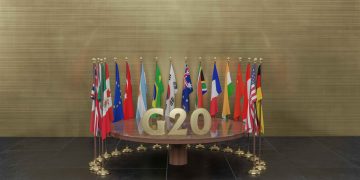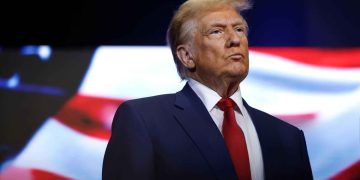BRICS has unveiled the highly anticipated payment system, BRICS Pay, just ahead of its significant summit in Kazan, Russia, scheduled for October 22 to 24. As the current chair of BRICS, Russia is actively working to lessen reliance on Western-dominated financial systems.
Russian Finance Minister Anton Siluanov is advocating for an alternative to the International Monetary Fund (IMF) to counteract what he describes as political maneuvers by the United States. With BRICS now accounting for 37% of the global economy, the organization aims to create a more equitable economic landscape.
Understanding BRICS Pay
According to its official website, BRICS Pay is positioned as a foundational payment system designed for independent, sovereign nations. Chinese officials emphasize that this new system will enhance the ways countries can settle transactions for goods and services, thereby strengthening their economic relationships while reducing dependency on the US dollar.
The focus is on financial diversification, with BRICS Pay structured to promote economic independence among member states. This decentralized system represents a strategic departure from the SWIFT system currently utilized by Europe.
The idea for BRICS Pay has been in development since 2019, aimed at creating a unified payment system that accommodates all member nations. By 2020, the BRICS Payments Task Force was initiated, and momentum is now building. At the recent BRICS Business Forum held in Moscow, participants got a firsthand look at the retail technologies behind BRICS Pay, which is intended to facilitate everything from retail transactions to remittances.
Addressing the Dollar’s Dominance
For years, the US dollar has dominated global finance, but this hegemony has created challenges for several nations. With the impact of US sanctions, many countries find themselves excluded from the dollar-based system, prompting the need for alternative payment methods. BRICS Pay is poised to address this gap.
Moreover, the payment system could support international initiatives such as China’s Belt and Road Initiative (BRI), potentially becoming the preferred method for trade and investment settlements as the BRI expands.
Earlier this year, BRICS welcomed five new members: Saudi Arabia, Egypt, the UAE, Iran, and Ethiopia. With leaders like Russian President Vladimir Putin and Chinese President Xi Jinping at the forefront, the push for de-dollarization is gaining traction.
Current Status of the US Dollar
Despite these developments, the US dollar remains firmly entrenched as the world’s primary currency. As of now, it continues to hold its value against major currencies, with the US economy contributing approximately 26% of global GDP. The unmatched liquidity of US capital markets ensures that central banks still retain significant dollar reserves, with around 60% of global reserves held in USD and 64% of global debt securities denominated in dollars.
This situation is unlikely to change overnight. However, the upcoming presidential elections in the US could introduce potential volatility, causing investors to reassess their confidence in the dollar, particularly if the political climate becomes unstable. As market analysts anticipate increased volatility and possible supply chain disruptions, countries may increasingly explore alternatives like BRICS Pay if the Federal Reserve makes unexpected moves regarding interest rates.





















